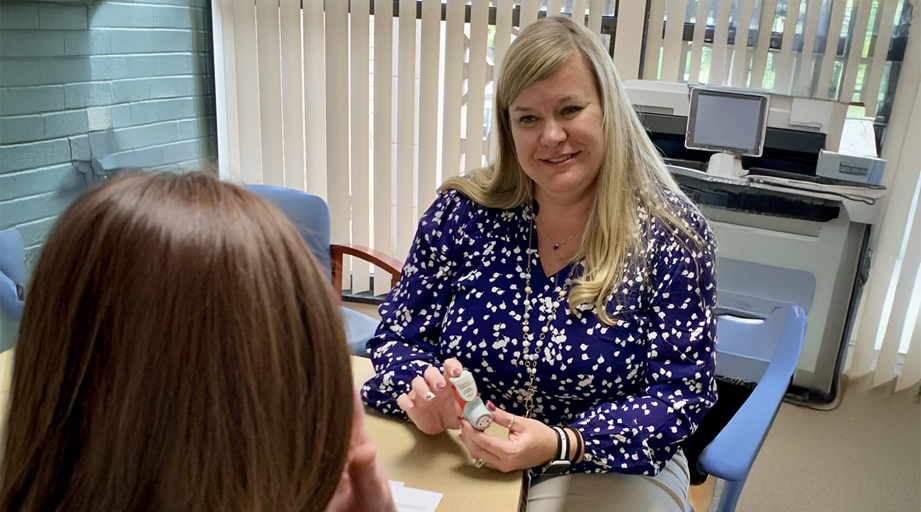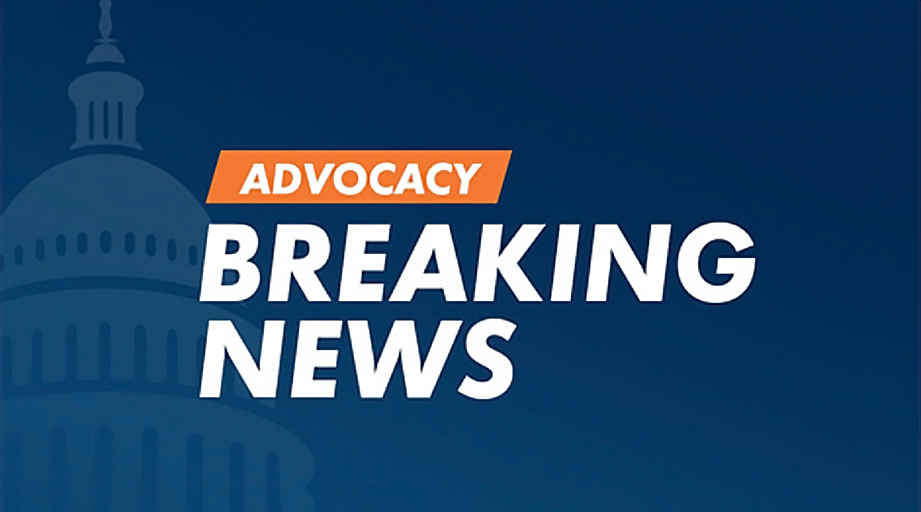
In the Canadian province of Québec, people who test positive for COVID-19 can get a prescription for Paxlovid (nirmatrelvir/ritonavir) from their neighborhood pharmacist and start the antiviral treatment right away — an option that’s not available in most of Canada or in the United States.
Health officials in Québec granted the prescribing authority to pharmacists effective April 1. According to a news report in Le Devoir, 513 Paxlovid prescriptions were filled in the province March 17–31, just before the new authority went into effect. During the first 18 days of April, 3,006 Paxlovid prescriptions were filled, and 2,042 of them were written by pharmacists, according to the report.
Nathalie Marceau, professional affairs advisor for the hospital pharmacy association of Québec (APES), credited the pharmacists’ actions and visibility during the COVID-19 pandemic with raising awareness about how the profession can improve public health.
“Pharmacists have shown up in the pandemic,” Marceau said. “I think that the work that has been done by ... all pharmacists in all sectors has been very highly appreciated.”
To obtain Paxlovid, patients must test positive for COVID-19, be within five days of symptom onset, and meet other requirements established by the National Institute for Health and Human Services Excellence of Québec. The community pharmacist–prescriber confirms each patient’s eligibility and screens them for contraindications.
“If everything is well, there is no contraindication, the community pharmacist judges that they can prescribe Paxlovid,” Marceau said. “They can also adjust for the renal function if there is need.”
Pharmacists’ scope of practice varies among Canada’s 13 provinces and territories, and Québec’s pharmacists had relatively broad autonomy even before they could prescibe Paxlovid. In Québec, pharmacists can initiate therapy with prescription products in emergencies and for the treatment of minor ailments, such as dermatitis and other skin conditions. Other therapies can be initiated through collaborative practice agreements, and pharmacists have wide latitude to modify drug therapy, renew prescriptions, and administer vaccines.
Marceau said pharmacists who work in Québec’s hospitals gained Paxlovid prescribing authority in January — three months ahead of their community pharmacy colleagues — through collaborative practice agreements. Because hospitals don’t operate outpatient pharmacies, patients take their Paxlovid prescription to be filled at a community pharmacy.
Marceau said this arrangement has led to increased collaboration between hospital and community pharmacists.
For example, she said, a patient may be unable to receive Paxlovid because of a contraindication. In these cases, the community pharmacist may call a hospital pharmacist and arrange for an alternative, such as remdesivir or monoclonal antibody therapy, that the hospital pharmacist is authorized to prescribe.
She said the collaboration between pharmacists creates a “pharmaceutical care pathway” that didn’t previously exist.
“This new way of speaking between community pharmacists and hospital pharmacists is interesting, and I think it’s kind of great for the profession and for patients,” Marceau said.
She said APES began developing educational programs before January to ensure that hospital pharmacists and others would be ready to prescribe Paxlovid immediately.
Now that community pharmacists can also prescribe Paxlovid, the profession is able to “use our experts in our pharmacies to help everyone in the province.”
The Pharmacists’ Association of Newfoundland and Labrador announced May 17 that pharmacists in the province may also prescribe Paxlovid to qualified patients.
In the United States, Paxlovid is available in community pharmacies, but pharmacists are not authorized to prescribe the drug.









